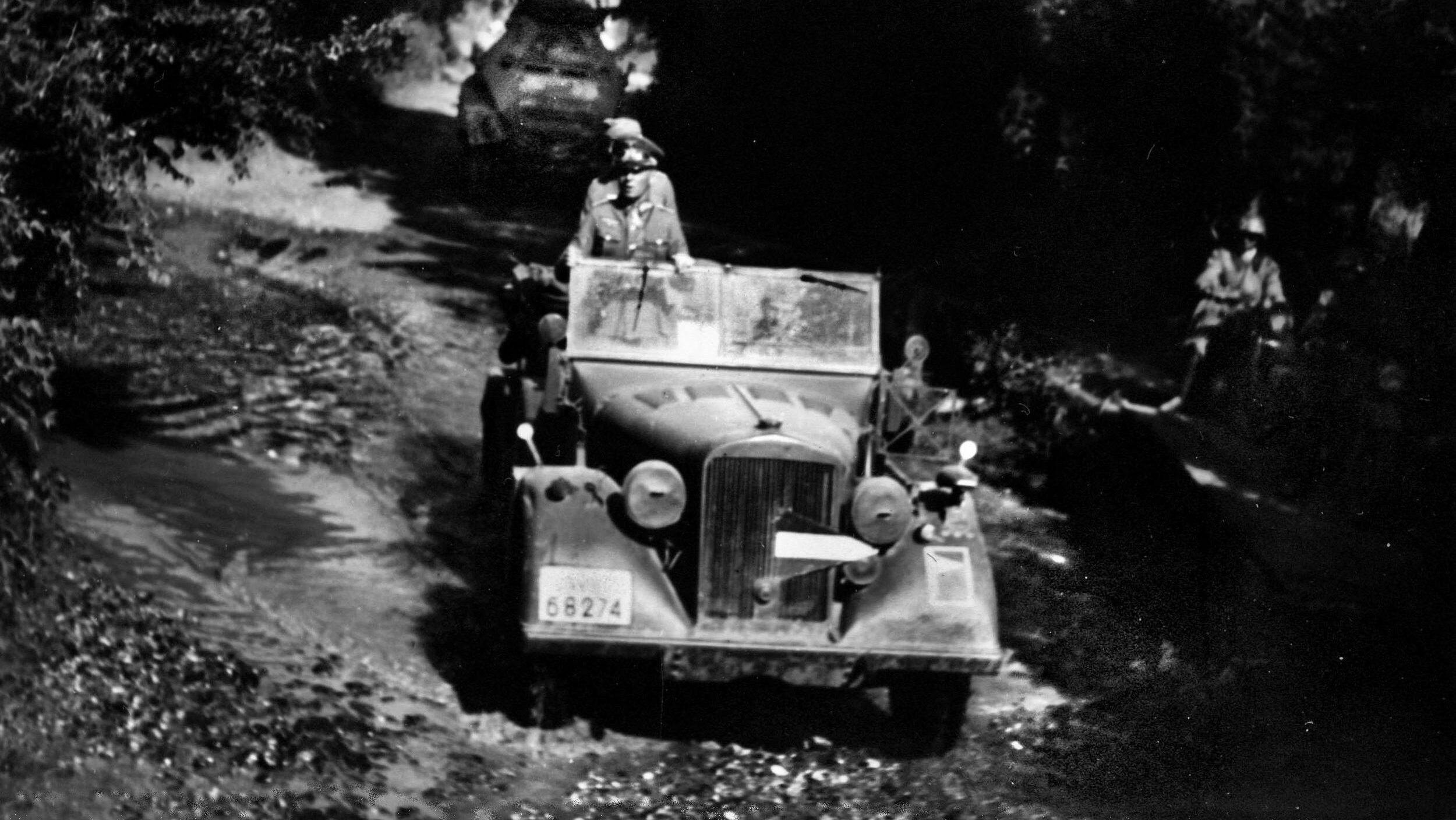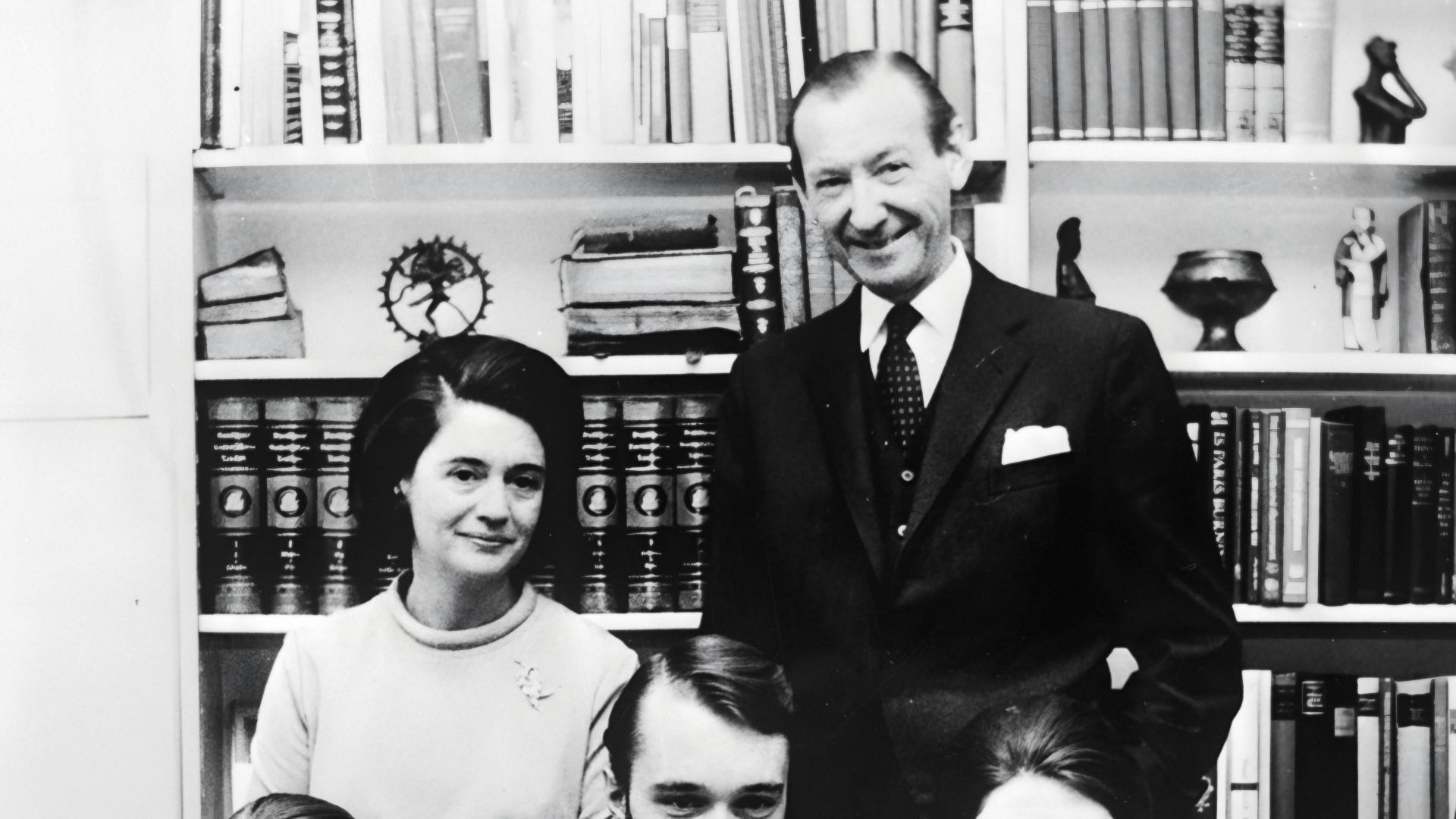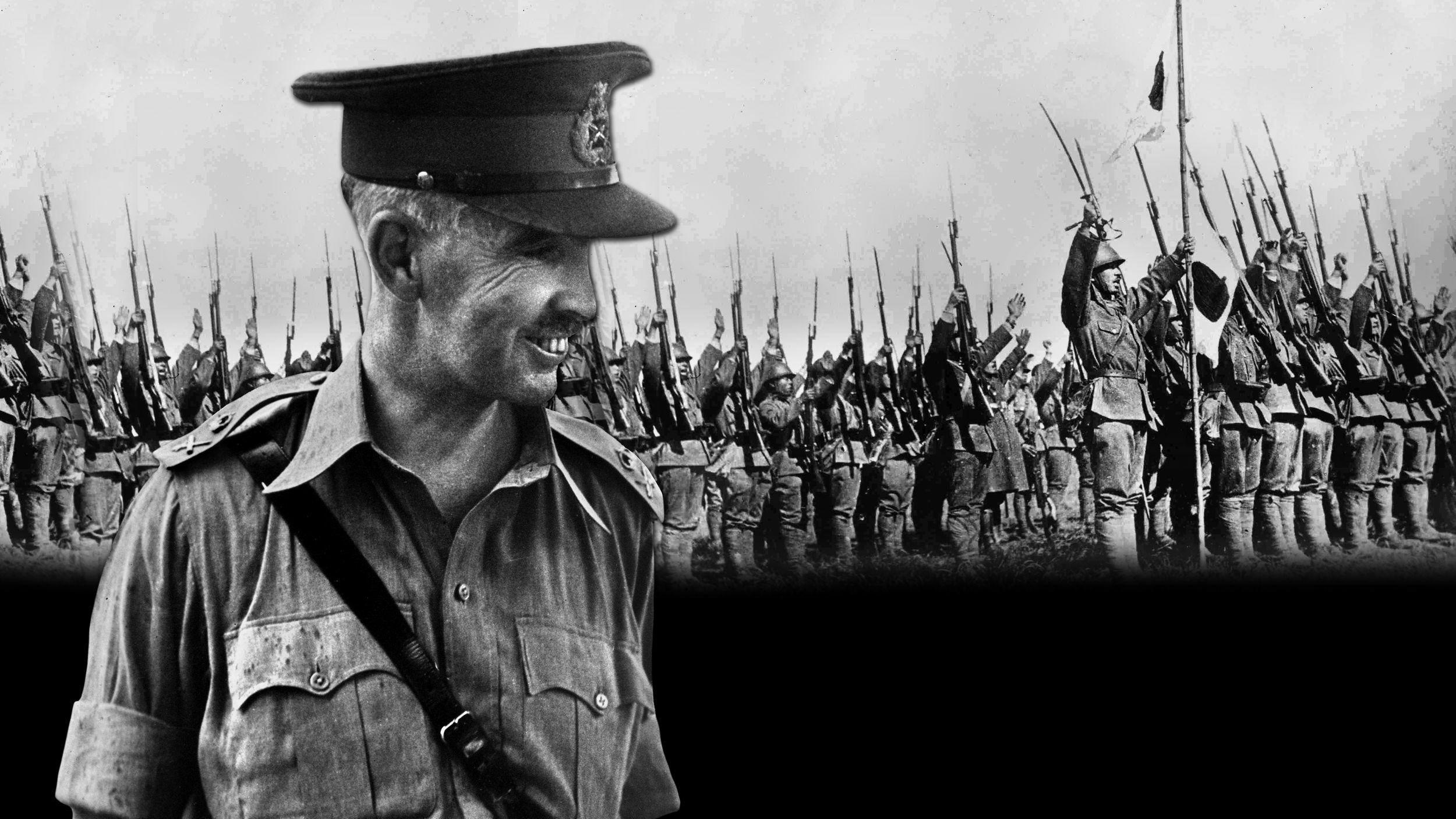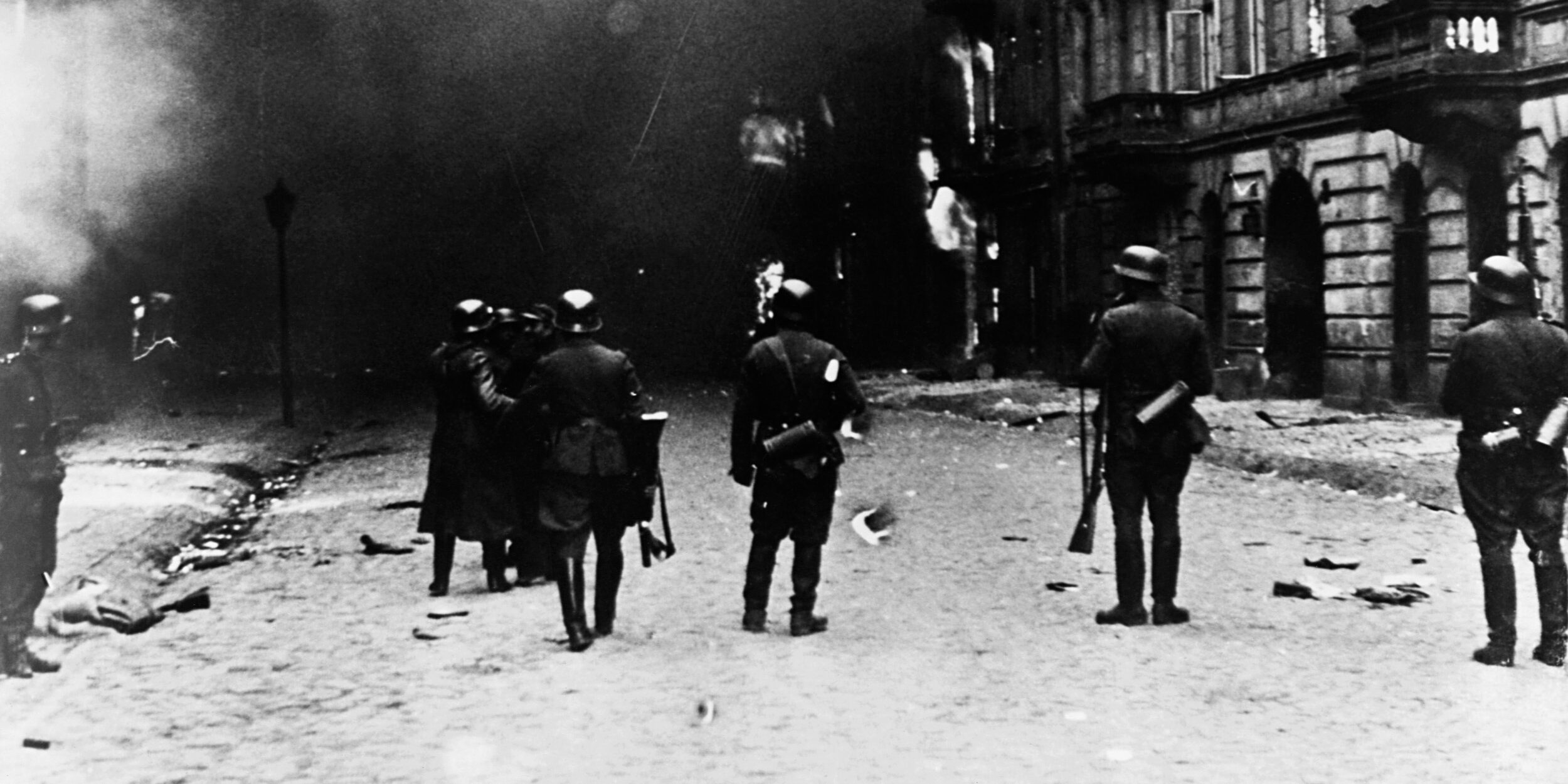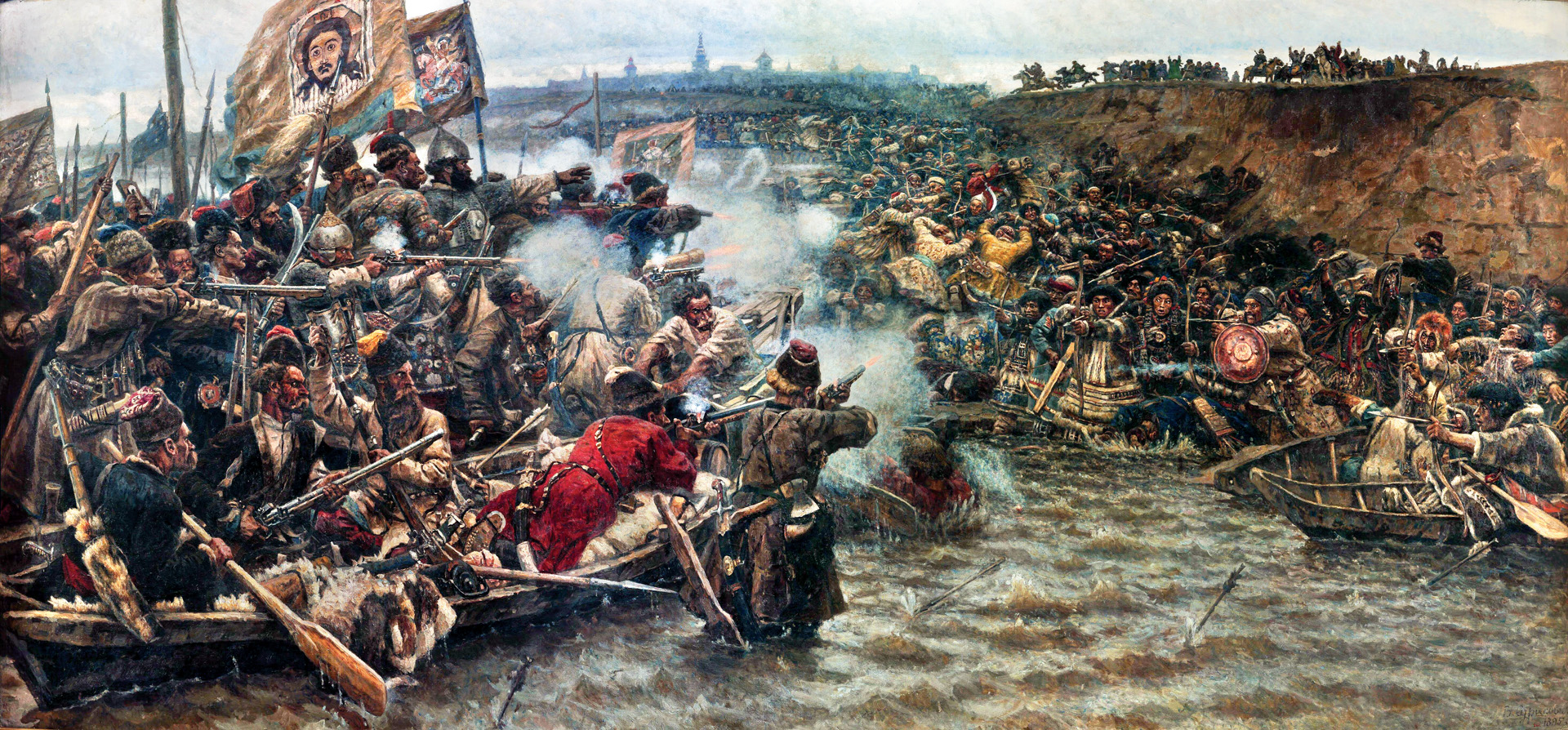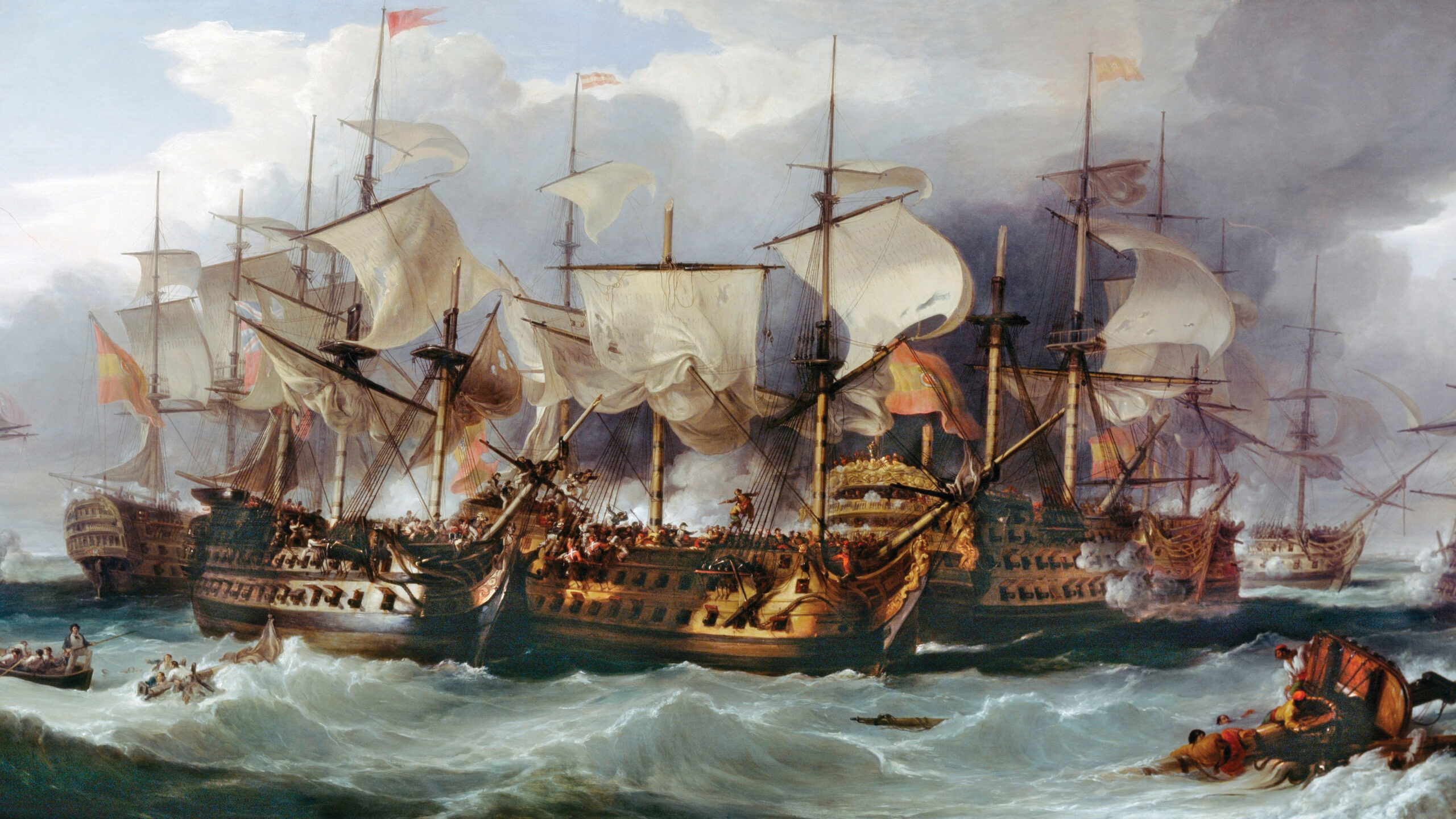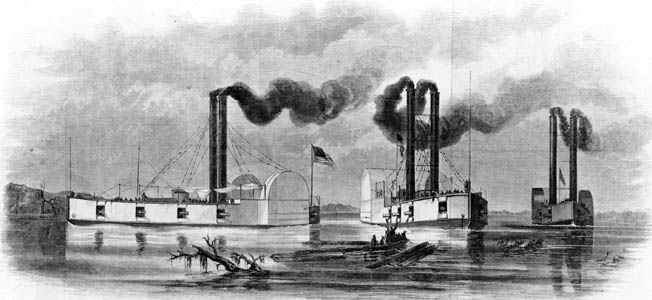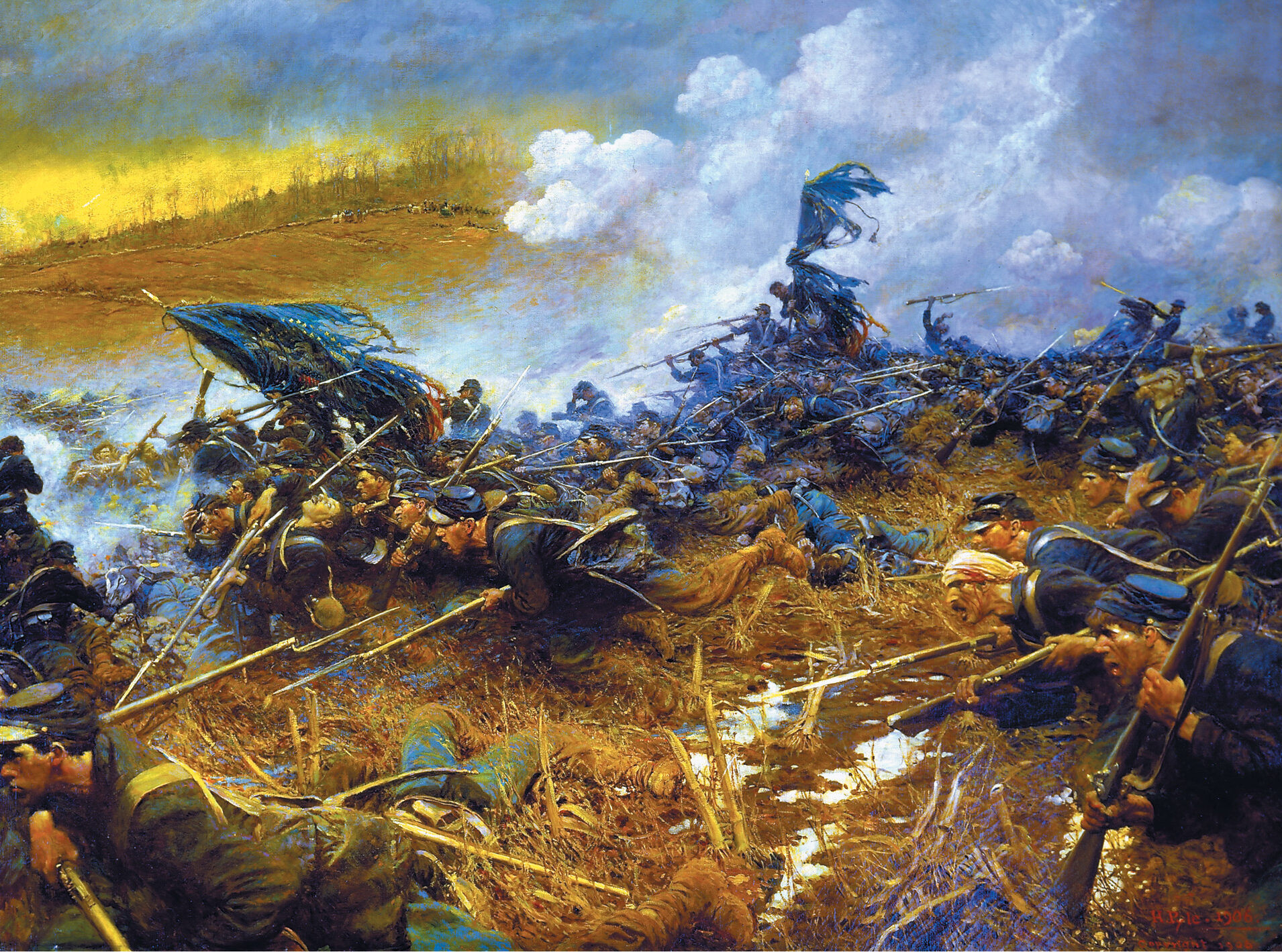By Eric Niderost
Most people are aware of the contributions of King George VI and his consort Queen Elizabeth (later Queen Mother) to the British war effort. Refusing to leave the country even during the darkest days of the 1940 Blitz, the royal pair was a rallying point for the nation in its struggle with Nazi Germany.
The Windsors, though, were not the only royal dynasty swept up in the maelstrom of war. Eventually seven European monarchs found themselves actively or passively promoting the Allied cause against Hitler. Ironically, they were on the Allied side almost by default. The countries they ruled had tried—and failed—to maintain a precarious neutrality. When war came, these kings and queens were taken by surprise, much like their subjects.
The royal list includes Queen Wilhelmina of the Netherlands, King Leopold III of Belgium, King Christian X of Denmark, King Haakon VII of Norway, Grand Duchess Charlotte of Luxembourg, King Peter II of Yugoslavia, and King George II of the Hellenes (Greece).
Queen Wilhelmina of the Netherlands was intelligent, courageous, and utterly devoted to her country. She was a constitutional monarch, but was no figurehead, taking an active role in government. By 1940, she was a matronly woman of 60, but still retained the iron will of her youth.
The Dutch government hoped to stay neutral, but by 1939, Hitler’s aggressions proved that no European country was truly safe. Defensive plans were put in place that designated the western part of the country “Vesting Holland” or “Fortress Holland.” The area included Rotterdam, The Hague, and Amsterdam. While Amsterdam was the official capital of the country, The Hague was its administrative heart, where the actual Dutch government was located.
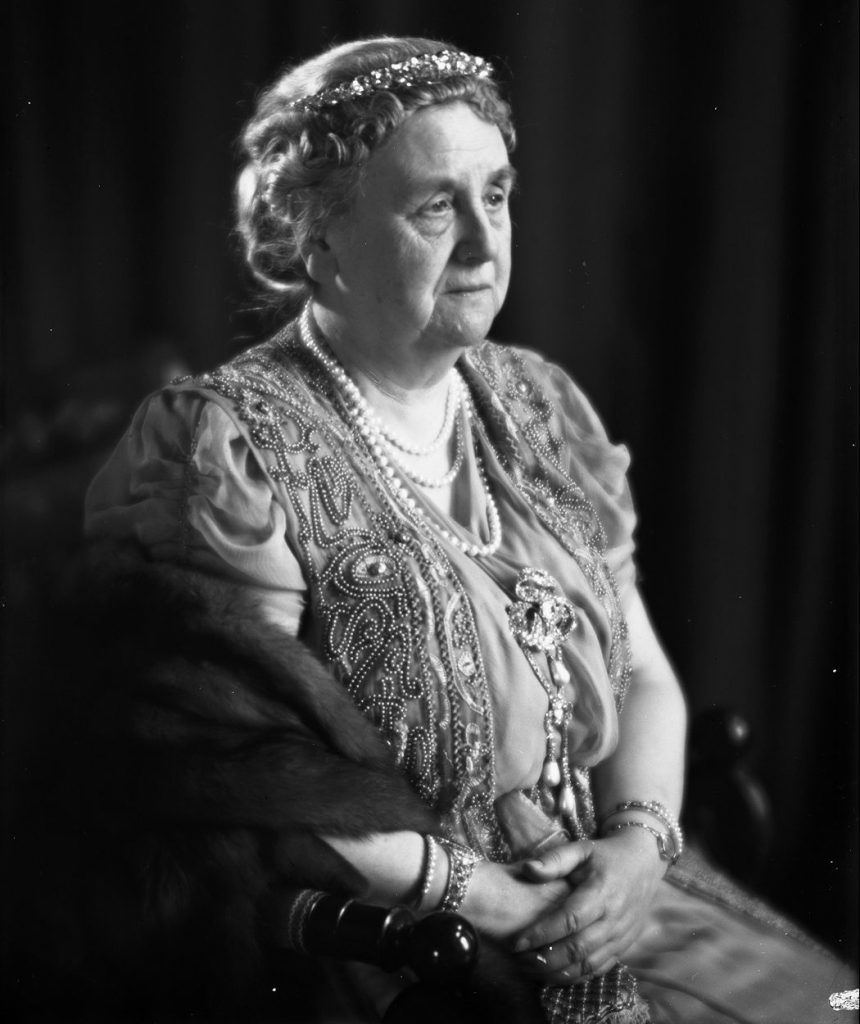
The idea was to have a “layered” defense, with certain geographical areas like the wide Maas (Meuse) River incorporated into the overall scheme. Elsewhere, fortifications were dug, and inundations—intentional flooding—could come into play as well. The Dutch army was poorly equipped, partly because of the havoc caused by the Great Depression, and partly because the government foolishly pinned its hopes on neutrality until it was almost too late.
By February 1940, the Germans were finalizing the plans for an ambitious offensive codenamed Fall Gelb, or “Case Yellow.” It envisioned nothing less than the simultaneous invasion of France, Holland, Belgium, and Luxembourg. Hitler and his generals had nothing but contempt for the Dutch military, but they did respect Netherlands geography. If the Dutch opened the dikes and flooded the country, German plans for a swift campaign might be compromised.
Necessity, though, is the mother of invention, so the Germans hit upon a bold plan that, if successful, might knock the Netherlands out of the war in a single day. The idea was to use paratroops—Fallschirmjäger—and airborne infantry to penetrate Vesting Holland, take The Hague, and capture the queen, the Dutch government, and the military command center in one fell swoop.
Lieutenant General Hans von Sponeck would be in charge of the operation. He would have five companies of paratroopers from the 2nd Fallschirmjäger Regiment, as well as the 22nd Luftlande Infanterie Division, the latter not jumping but arriving in Junkers Ju-52 transport planes. A special unit was assigned the “tactful” seizure of Queen Wilhelmina, who would be placed under “protective custody.”
The main goal of the operation was to seize the airfields around The Hague. The initial airborne assault was successful, but soon the German plan began to unravel. The Dutch had placed machine-gun nests all around the airfields, which took a heavy toll of the German paratroopers. Scores of Ju-52 transport planes were shot down or were damaged and crash-landed. Dutch counterattacks, some with armored cars, forced the Germans on the defensive.
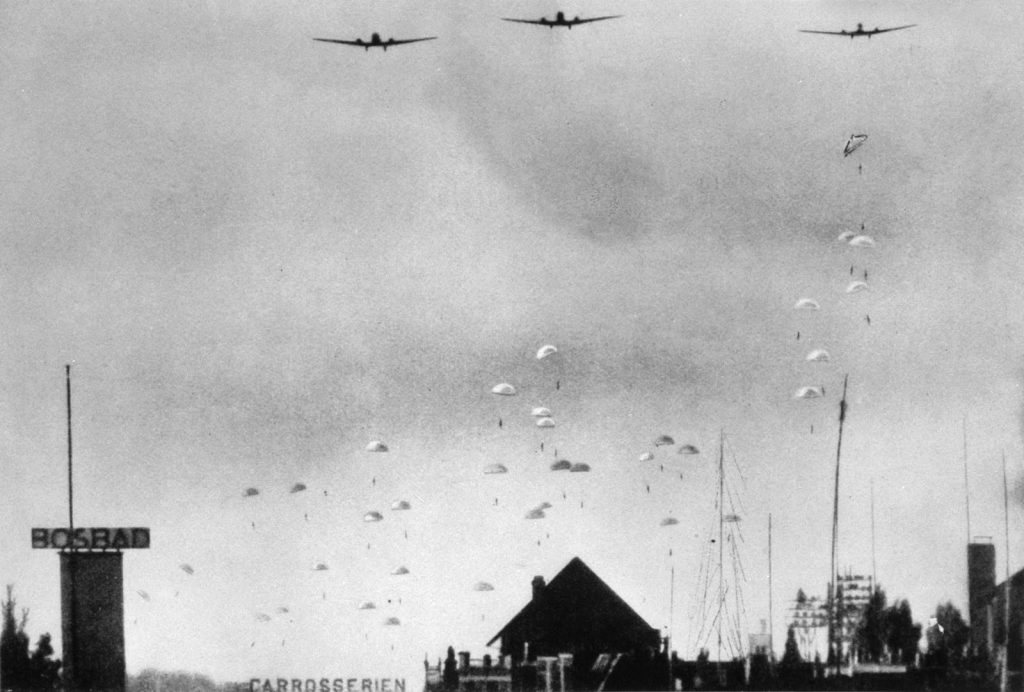
Queen Wilhelmina was initially determined to stay and defend her country to the last. Though more than willing to risk her own life, she was concerned about the safety of the royal family. It was finally decided that Crown Princess Juliana, her husband Prince Bernhard, and their two little daughters, Beatrix and Irene, should be evacuated to Great Britain.
Prince Bernhard zur Lippe-Biesterfeld was a German by birth, and after his death in 2004, it was uncovered that he had actually joined the Nazi party as a young man. By the time he married Juliana, he was anti-Hitler and actually took potshots at passing German aircraft as they flew over the palace.
It was arranged that Juliana, Bernhard, and the children would be taken to Ijmuiden, there to be picked up by the British destroyer HMS Condrington. They travelled in a brown armored van that was owned by the Bank of the Netherlands. The crown jewels also traveled with them, kept in a cardboard box. Today, the van, which is now housed in a museum, is showcased as the Vluchtwagen, or “flight vehicle.”
The evacuation journey was anything but routine. At one point, a German plane appeared, causing the Dutch army escort to open fire. Worse was to come. The royal party reached the docks at Ijmuiden, but just as they were about to board, the area suffered a German air raid. Bombs began falling, and Dutch guns peppered the sky with antiaircraft fire. One German bomb exploded not 200 yards from where the royals were standing, killing one man and wounding another. One German Dornier bomber was shot down, falling in flames like a meteor.
The royal couple reached England safely, and newspaper photos of the time show Princess Juliana and her husband arriving with a curious box-like container. Juliana carried one end, Prince Bernhard the other: no servants were going to carry this precious cargo. Captions explain that nine-month old Princess Irene was in the box, a specially designed compartment to protect infants from poison gas.
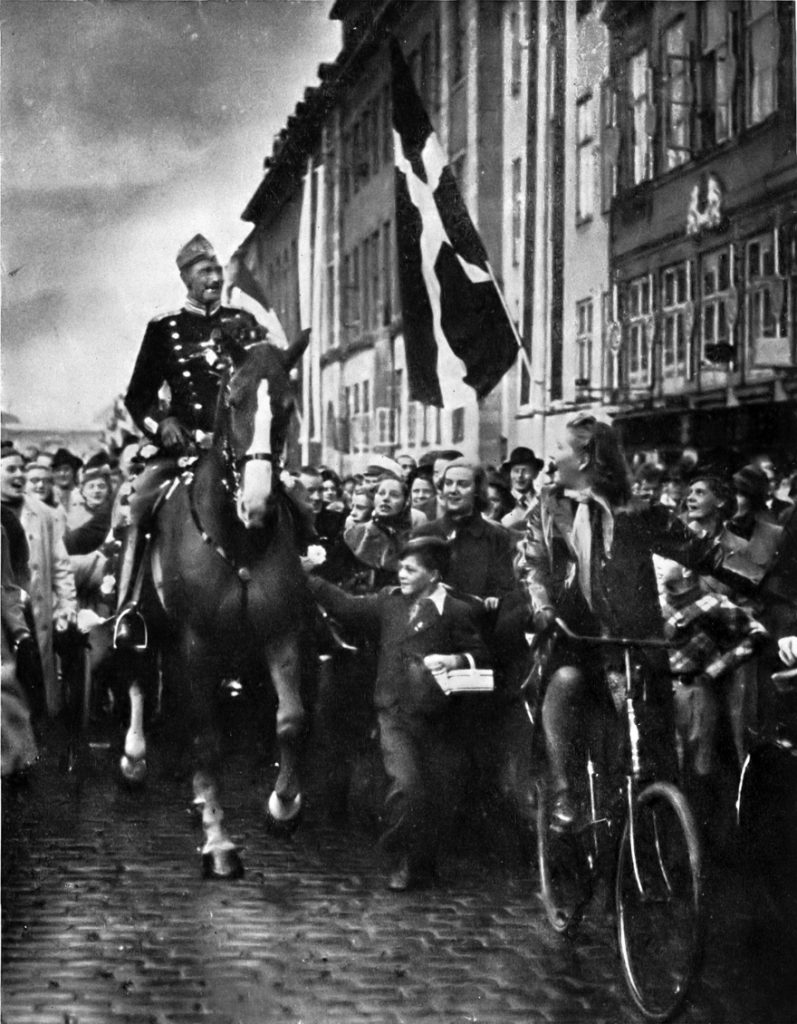
By May 13, the Germans had gained the upper hand, and the Dutch were staring defeat in the face. The Dutch cabinet and the government decided to leave the Netherlands and go to England, vowing to continue the fight in exile. The queen was very reluctant to go but was finally persuaded that romantic notions of a last-ditch defense at the palace, or elsewhere, would do her people little good. As a symbol of national unity and independence, she would be a rallying point for the nation. Her death or imprisonment would not help the Dutch cause.
On May 13, Queen Wilhelmina phoned Britain’s King George VI, asking for help. Yet even before the call, Operation Harpoon—the rescue of the queen and the Dutch government—was in full swing (this is not to be confused with a later Operation Harpoon).
The Operation Harpoon force insured that Queen Wilhelmina, members of the Dutch government and British embassy staff safely made their escape. It had been a “near run thing,” because a special team of German paratroopers arrived at Noordeinde Palace only half an hour after she left.
Wilhelmina’s radio broadcasts gave the Dutch people courage and hope at a time when they were needed the most. Prince Bernhard was not initially trusted by the British, mainly because he was German-born. The prince was a pilot, and flew combat missions included bombing German V-1 rocket launching bases.
By late 1940, the royal family was firmly established as the symbol of national freedom and independence from Nazi Germany. On Prince Bernhard’s birthday, June 29, 1940, Dutch flags flew everywhere, much to the consternation of the occupying Germans. Many people also wore carnations in their lapels, something that Prince Bernhard often did before the war. The Germans responded by taking down all royal portraits from public buildings.
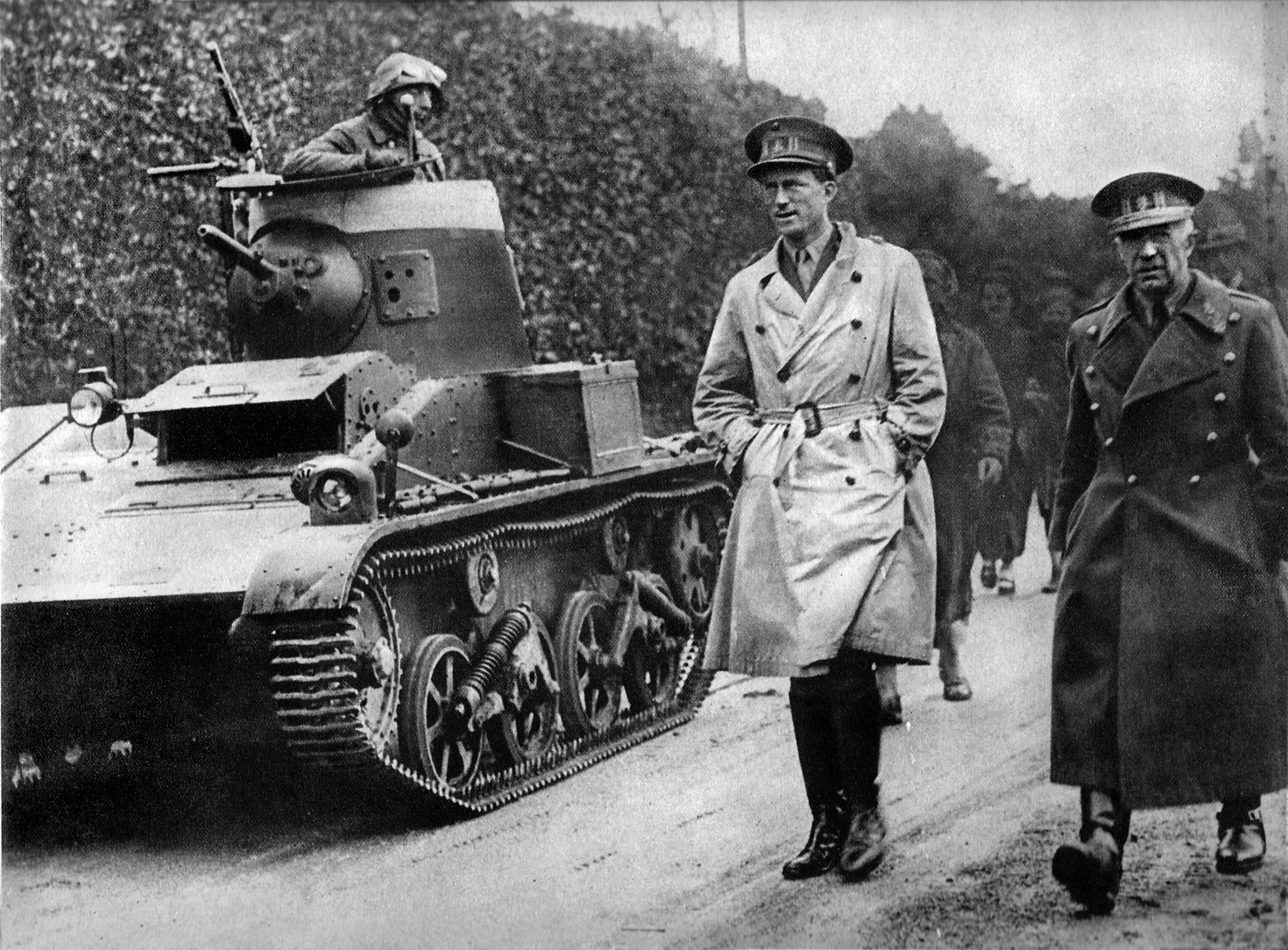 King Leopold III of Belgium chose not to go into exile like Wilhelmina, a fact that, ironically, contributed to his abdication in 1951.
King Leopold III of Belgium chose not to go into exile like Wilhelmina, a fact that, ironically, contributed to his abdication in 1951.
When Germany invaded on May 10, 1940, Belgium was also caught off guard. The Belgian army fought hard, but after a week or so, it was clear that courage alone was not enough, especially when their British and French allies were defeated and seemed on the verge of collapse.
In his last meeting with his government ministers, Leopold made it clear he would share the fate of the Belgian army, whatever that fate might be. This caused consternation among Belgian officials, since they had determined to evacuate to England and form a government in exile. The king said something to the effect that he would get along with new ministers, which seemed to imply he might turn collaborationist, though that is probably not what he meant.
The Belgian government fled to London and, once in the safety of the British capital, denounced Leopold and repudiated any actions he might take as king. The bad feelings that developed between the king and his exiled government only grew stronger over the years.
In the meantime, the king unconditionally surrendered to the Germans after an unequal contest that lasted 18 days. The British and French immediately denounced him for having capitulated “prematurely.” Even Prime Minister Winston Churchill decried the decision, though there was little more that the Belgian army could do, short of giving themselves over to complete annihilation.
King Leopold found himself essentially a prisoner of war under close German supervision. He was not actually incarcerated, but placed under a kind of house arrest in his Brussels palace.
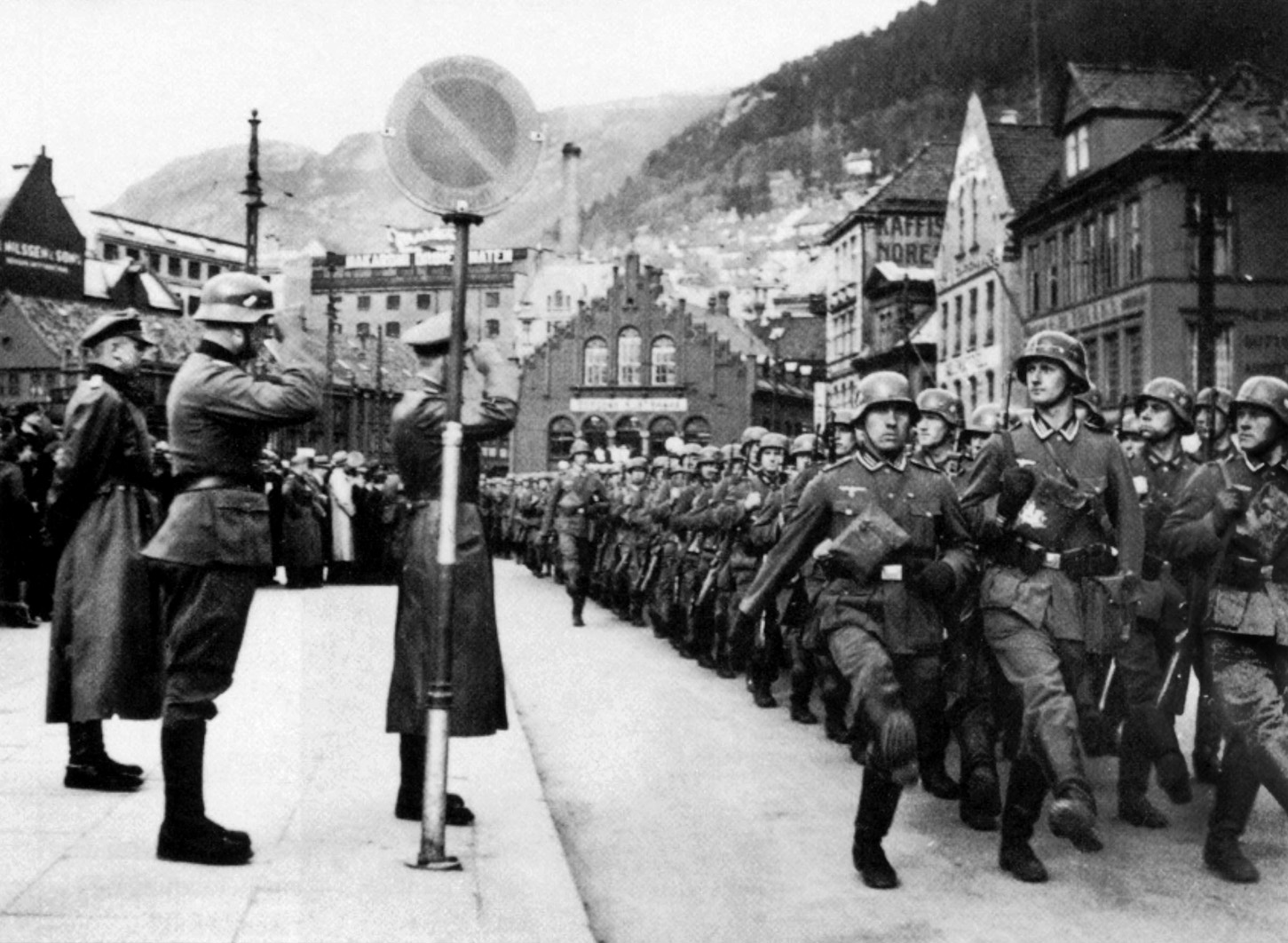
While still in German custody, Leopold, a widower, further damaged his reputation with the Belgian people by marrying. His Walloon subjects were dismayed—the lady was Flemish—and in general, many Belgians thought the king selfish. After all, so the rationale went, thousands of Belgian men were still in POW camps, and they did not get to see their wives. The image of a lonely king, imprisoned and still pining for his late wife, was shattered forever.
Blackened by Allied propaganda as the man who easily surrendered and excoriated for his “selfish” marriage, the king became a controversial figure. Later in the war, he was removed from Belgium and shipped to Austria. He was liberated after Germany’s surrender.
King Leopold returned in 1950, only to be met with demonstrations and civil strife. Seeing the handwriting on the wall, he abdicated in favor of his son, Baudouin, to save the country from possible civil war. A victim of bad judgment and incredibly bad luck, King Leopold III was the only Allied monarch to end the war unpopular with his people.
Denmark is a small country that, geographically speaking, is a kind of northern “appendix” of the European continent. The Danes are Scandinavians whose seafaring Viking ancestors were both the terror and the wonder of the medieval world, but in 1940, the country—small and flat with no natural barriers—was all but indefensible in the face of the Nazi juggernaut. The German onslaught began on April 9, 1940, about a month before France and the Low Countries experienced the blitzkrieg.
Surprised and almost defenseless, the Danes were overcome in a single day. Somewhere between 16 and 100 Danish soldiers were killed (the figures are hotly disputed), but the very real threat of Copenhagen being mercilessly bombed finally caused the Danish government to capitulate.
King Christian X of Denmark turned 70 years old in 1940 and had ruled since 1912. His brother was Haakon VI of Norway. He was not popular in the early years of his reign because of his gruff and somewhat authoritarian manner. But this was to change after Denmark was occupied. From 1940 to 1943, the Danish government was allowed a large degree of autonomy and could manage internal affairs much as before. Danish Jews were not persecuted, were not forced to wear a Star of David armband, and could attend their services without fear.
As king of Denmark, Christian made sure his relations with the Germans were well within the boundaries set by Hitler’s regime, but beneath the polite facade, the people soon recognized that the king’s inner feelings were distinctly anti-Nazi.
When the main synagogue in Copenhagen was burned by arson in December 1941, King Christian wrote a letter of sympathy to Rabbi Marcus Melchior. The king also helped finance the secret evacuation of all Danish Jews—almost 8,000—to neutral Sweden when they were threatened later in the war.
Unfortunately, the king suffered a fall from his horse in 1942, and was a semi-invalid for the rest of his life. In 1943, the Germans staged a kind of coup that completely did away with the illusion of Danish independence, but after the war, Danes honored Christian as the man who kept the flame of Danish nationalism burning bright.
Grand Duchess Charlotte of Luxembourg was the last of the 1940 royal refugees to arrive in the British capital. When the Germans invaded her country on May 10, the grand duchess, her husband Prince Felix, and their six children left only when the German Army was perilously close. The royal family initially went to France, then Spain, and Portugal.
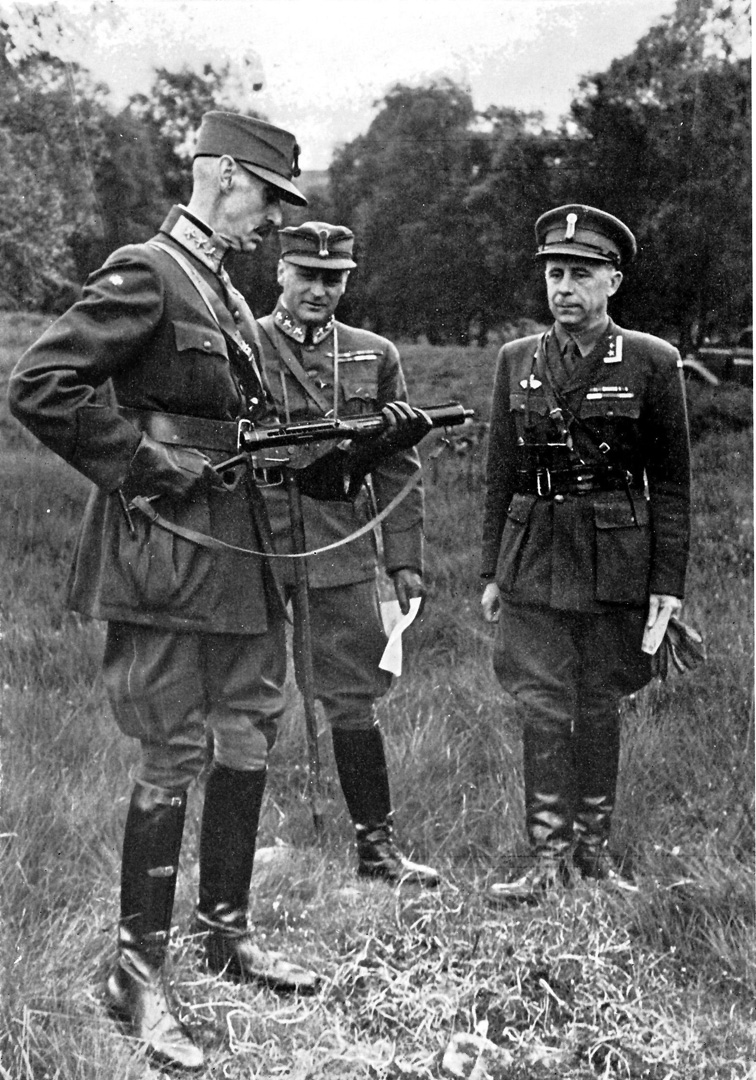
Grand Duchess Marie Adelaide, Charlotte’s sister, had remained when the Kaiser’s army occupied Luxembourg in World War I. Widely perceived as pro-German because of this, Marie Adelaide was forced to abdicate in 1919. Charlotte was determined she would not suffer her sister’s fate. She had little appetite for becoming a real—or perceived—German puppet.
The grand duchess accepted President Franklin Roosevelt’s offer of refuge for her children, but she herself made her way to England. Once there, she made a series of very effective radio broadcasts to her imprisoned nation, addresses so effective she was called the “propagandist in pearls.”
Norway was invaded the same day as Denmark, April 9, 1940. The Germans planned to capture Oslo by using a naval force that included the pocket battleship Lützow and the new heavy cruiser Blücher. Much like the later Holland operation, the idea was to capture King Haakon VI and his entire government before they could react and organize a national defense.
Luckily for the king, the German plan miscarried because of oversights by the planners and the courage of one old soldier. Ships approach the Norwegian capital through the Oslo Fjord, which narrows at a place called Oscarborg. The narrows were guarded by Oscarborg Fortress, which was almost 100 years old. Its artillery dated to about 1900, and so did an underwater torpedo battery. German planners either overlooked or discounted the antiquated fortress.
Colonel Birger Erikson, commander at Oscarborg, had orders to fire a warning shot before any hostilities. Erikson saw the danger the Germans represented and did not hesitate. “Either I will be decorated or court marshalled! Fire!” Shells stuck the Blücher, causing damage, and two Norwegian torpedoes finished her off. Some 2,000 Germans were killed or drowned aboard the Blücher, including troops, Gestapo agents, and functionaries who were supposed to take full control of the Norwegian capital. The other German ships retired from the scene.
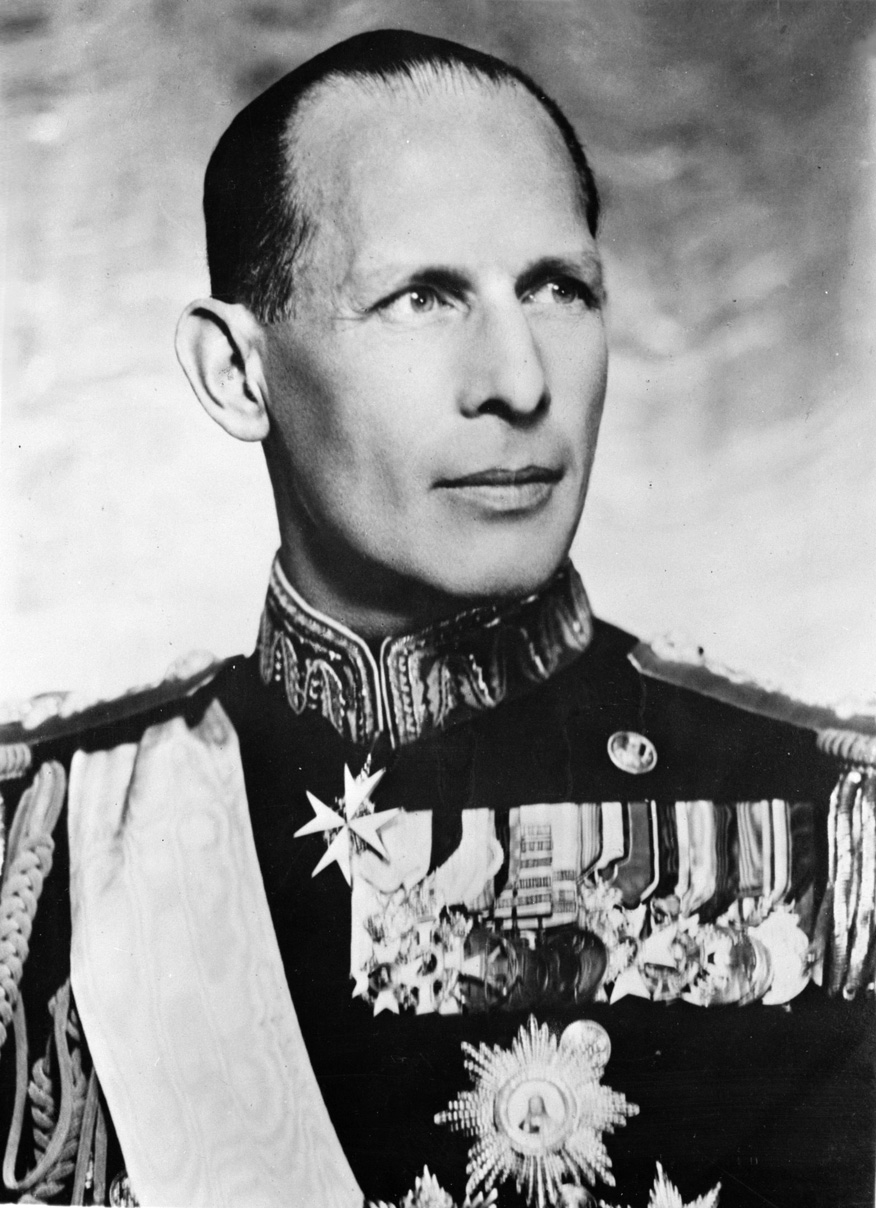
The sinking of the Blücher bought the Norwegians precious time. The king, the royal family, the cabinet, and most of the Stortling (Norway’s parliament) escaped the city by special train. The next day, Curt Brauer, the German minister to Norway, had an audience with Haakon and demanded he appoint Vidkun Quisling, head of the Nasjonal Samling party (Norwegian fascists), as new prime minister. Brauer also threatened the king with harsh reprisals on the Norwegian people if he did not agree.
King Haakon had an emotional meeting with his cabinet at the town of Nybergsund. The king said he would follow the wishes of his government, but then continued, “for my part I cannot accept the German demands. It would conflict with all that I have considered to be my duty as king of Norway.” Rather than becoming an obstacle to surrender, he would abdicate the throne.
Inspired by his example, the Norwegian government rejected the German ultimatum and vowed to resist German aggression as long as they could. The Nazi response was both swift and predictable. Nybergsund was heavily bombed and virtually destroyed in the process. Haakon and the government officials were forced to seek refuge in a nearby birch forest.
The king became a fugitive in his own country for a time and had to keep moving to avoid capture. German air raids were also a constant menace. Finally, the king, his son and heir Crown Prince Olav, and a few members of the government boarded the cruiser HMS Devonshire for transport to England.
Haakon was met at London’s Euston Station by Winston Churchill personally, a mark of real respect from the British prime minister. King Haakon took a leading role in the Free Norway movement, organizing its escaped armed forces, holding cabinet meetings, and giving radio broadcasts. During one early visit to the BBC, the receptionist asked, “Where was it that you said you were king of?”
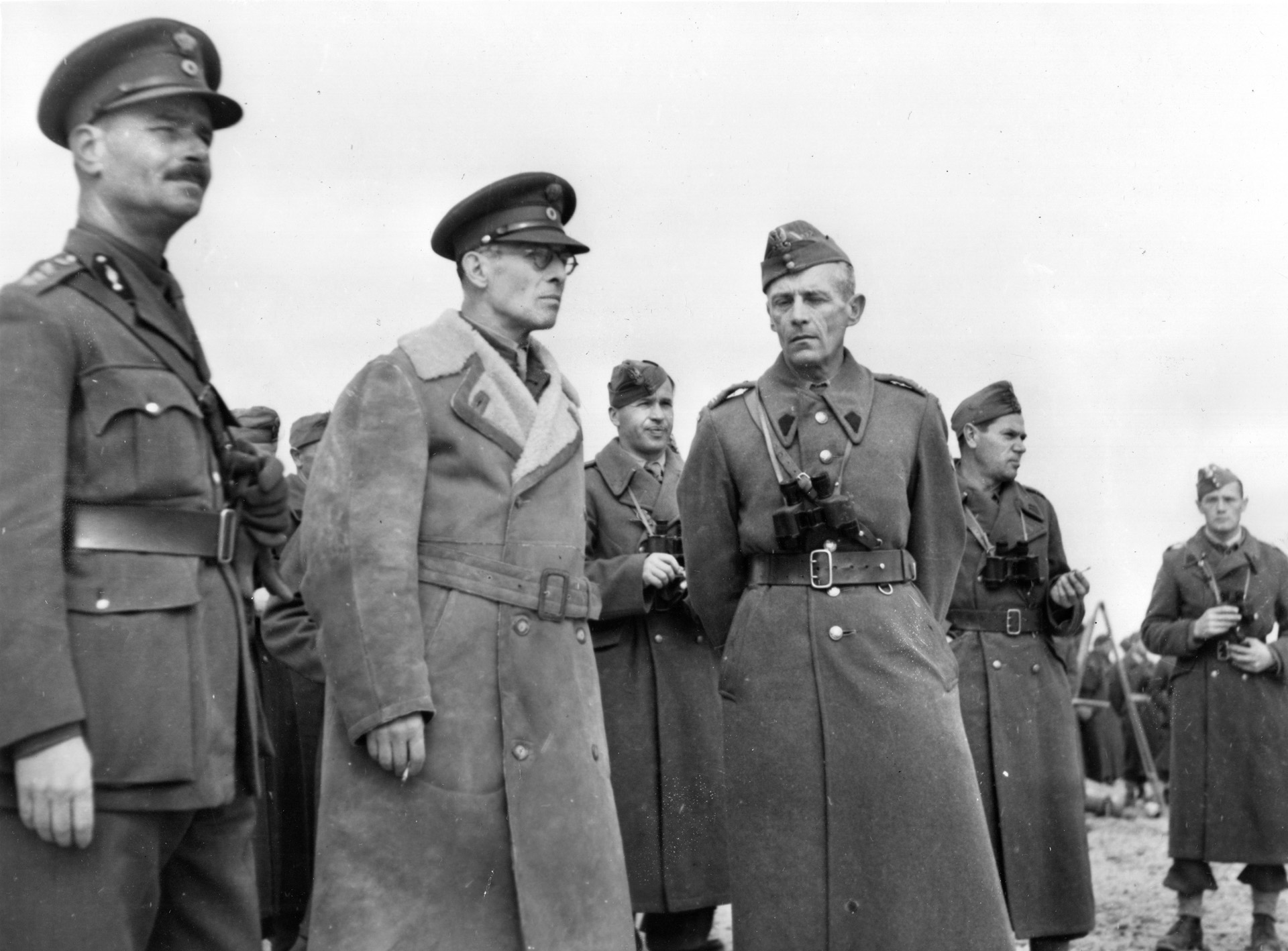
By the spring of 1941, Operation Barbarossa—Hitler’s invasion of Soviet Russia—was well underway. As part of the overall scheme, it was important that the various countries of Eastern Europe join the Tripartite Pact. Some joined willingly, some needed coercion, but Hungary, Romania, and Bulgaria soon fell into line. Yugoslavia alone tried to maintain its neutrality.
Yugoslavia was a product of political horse-trading after the end of World War I, an uneasy “marriage” of three distinct ethnic groups—Serbs, Croats, and Slovenes—who had been welded together as a unified nation. The monarchy, originally Serbian, provided the glue that kept the country going, but ethnic rivalries and mutual suspicions were such that Yugoslavia lived up to its reputation as the “Balkan powder keg.”
At the time, the country was ruled by a regent, Prince Paul, ruling on behalf of his teenage cousin, King Peter II. Paul cared little for the Germans but was now faced with few viable alternatives. On March 17, 1941, he finally agreed to have Yugoslavia join the Axis.
This was an unpopular move, and a group of Serb officers deposed him, abolished the regency, and placed the 17-year-old Peter officially on the throne. The coup enraged Hitler, who quite simply declared, “I have decided to destroy Yugoslavia.” The Führer was as good as his word, and within days, the country experienced the terror of a full-fledged German blitzkrieg. Young King Peter managed to escape to Greece, then Palestine (now Israel), and finally Egypt. The peripatetic young monarch eventually visited the United States, where he met President Franklin D. Roosevelt and took in a Yankees baseball game.
King Peter had the air of romance about him, as if he were the chief actor in his own epic tragedy. The image was not far off the mark. The British and Americans were generally cordial, but by 1943, they had started to shift their support to Tito and his anti-Nazi partisan movement. Tito, a communist who hated the monarchy, had plans for postwar Yugoslavia that did not include Peter.
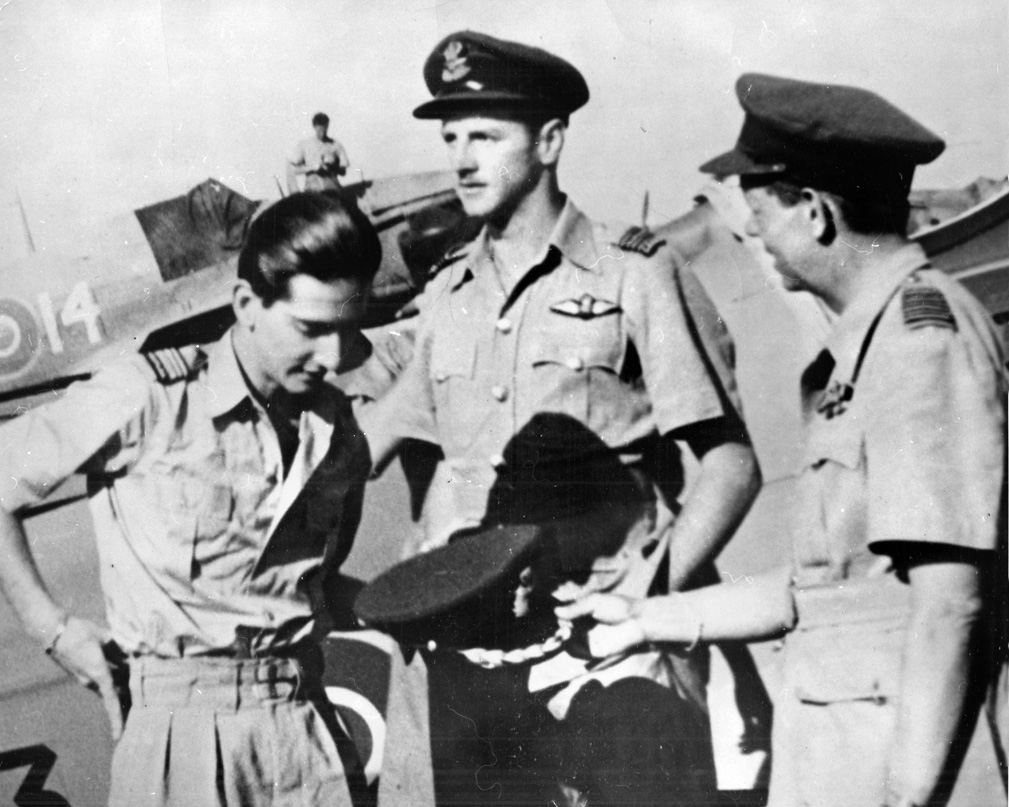
In 1941, Greece was already engaged in a bloody war. Italian dictator Benito Mussolini had tried to emulate Hitler, but his army had little appetite for conquest, and the Greeks proved efficient fighters. Hitler was forced to save his ally from a humiliating defeat, and soon German panzers were rolling into the cradle of Western civilization.
King George II of the Hellenes was a man who seemed to view his crown with a kind of detached amusement. The king’s family were not Greek in origin, but had connections to the Danish and Norwegian royal houses, among others. Britain’s Prince Philip, the Duke of Edinburgh, is George’s first cousin.
In the late 1930s, George supported the authoritarian, semi-fascist regime of General John Metaxas, yet genuinely admired the British. Though the king seemed to prefer autocratic government, he had little use for Hitler and the Nazis. When the Germans overran mainland Greece, George fled to Crete, where he found temporary respite.
But the king’s adventures were only just beginning. He was staying at the Bella Carpina, a Venetian villa two miles southwest of Chahia, when he was warned by British intelligence that the Germans were about to launch a massive airborne invasion of Crete. As soon as he heard the information, King George made his way to the home of Greek prime minister Emmanouil Tsouderos in the village of Perivolia. The king and his entourage had to leave Perivolia the next morning when the German assault began.
As German Fallschirmjägers were descending from the skies, the King’s party began an arduous trek into the mountains. Because of the haste, they were ill prepared for the journey, having taken with them little food or water and no climbing equipment.
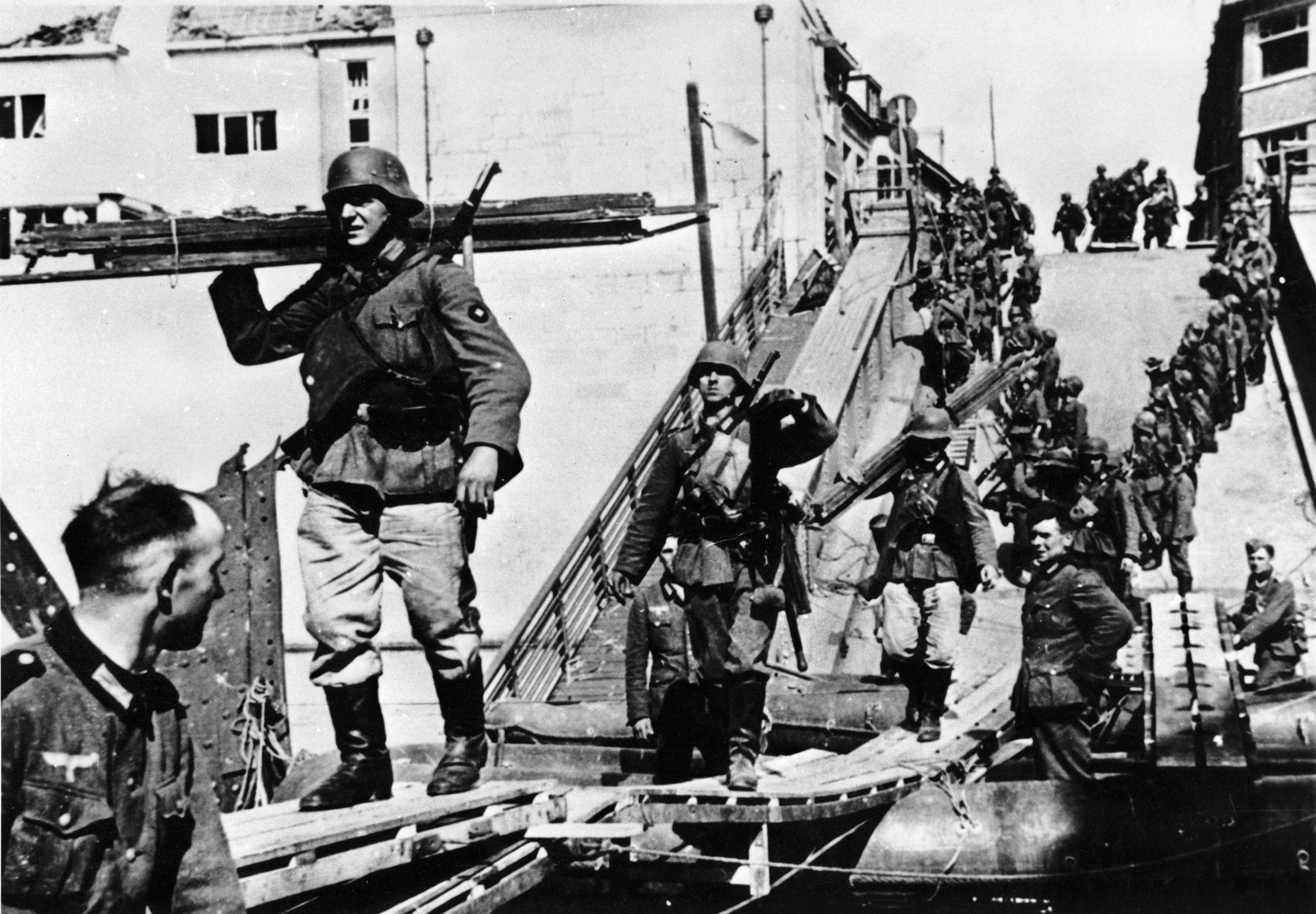
George’s party were protected by men of Company B, 18th New Zealand Battalion under the command of 2nd Lt. W.H. Ryan. They made it to Therisson, but they were well above the snow line, and it was bitterly cold. The party had no heavy coats or blankets and suffered immensely. Worse was to come. The royal party continued to climb, reaching an altitude of 7,000 feet. The Cretan guides, perhaps overcautious, made conditions worse by deliberately avoiding any villages.
The party finally reached a shepherd’s hut high in the mountains, where they were given a warm welcome and some Cretan hospitality. The shepherd killed and roasted a sheep, and his wife passed around sheep milk.
The escapees eventually made it down to the coast, where they were rescued by the destroyer HMS Decoy and taken to Alexandria, Egypt. The New Zealanders were impressed with King George throughout the journey. As one soldier put it, “With majestic simplicity, he shared with us all dangers, all privations, all hardships.”
King George of the Hellenes eventually found himself in Britain. Like the other royal exiles, he was a tireless advocate for his country’s liberation from Nazi tyranny. He returned to Greece after the war, an honored symbol of his nation.
Author Eric Niderost is a college professor and lives in the Bay Area of California. He has contributed to WWII History for many years.
